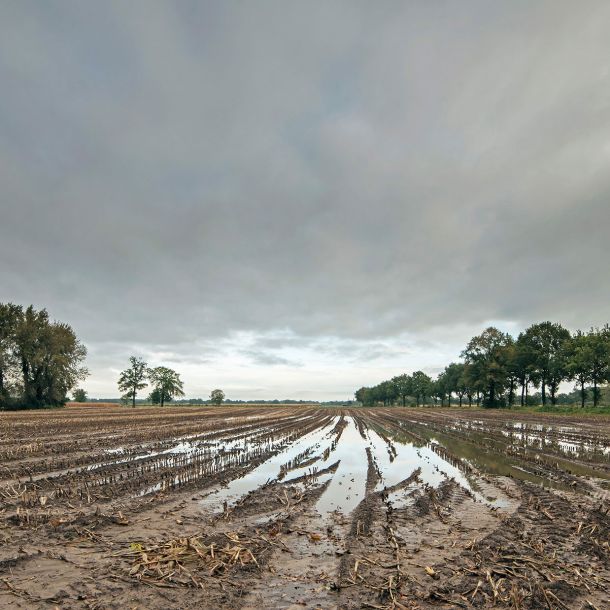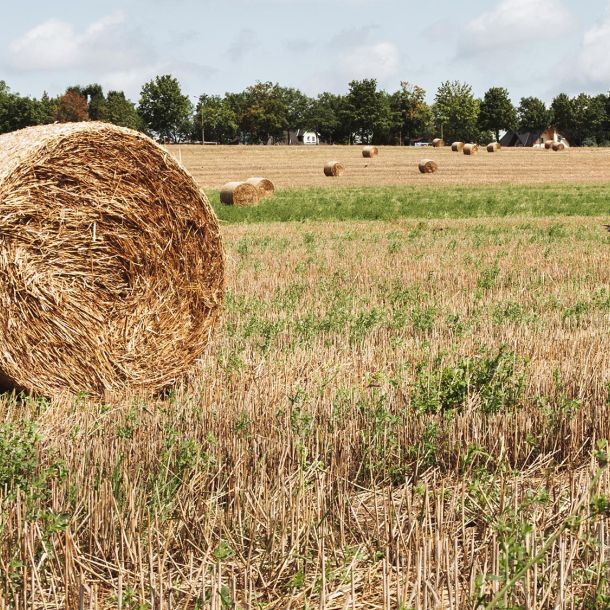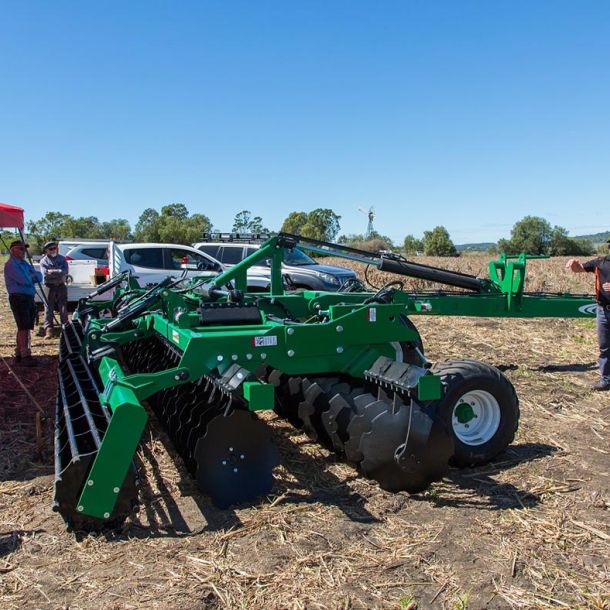Building a Base for Dairy Fodder
Optimising fodder production in dairy systems
Successful dairying involves taking interest in, and managing for, the little things that produce big impact. Milk prices are based on the percentages of nutritional components found within the milk itself, so when milkfat and protein component percentages are high, milk checks are high as well. Building fodders to optimise both overall production and component percentages is a major part of production management for dairy producers.
Because of the direct correlation between feed quality and production numbers[1], dairy producers who want to optimise for milk quality have to start at the source – the feed their cattle eat. And since fodders begin as crops, that means optimizing conditions in much the same manner as crop farmers – looking at seedbed preparation, germination, moisture retention and other production issues.
Lucerne is an important fodder base for dairy cattle rations due to its ability to pass through protein and other nutrients, as well as its ability to store well in ensiled conditions. As a perennial pasture legume, lucerne produces and sequesters protein in its leaves and stems. Dairy cattle need high levels of protein for milk production, so a ration that is high in accessible, digestible protein helps increase production while also increasing the nutrient components of the finished milk product.
Throughout Australia, irrigation viability and moisture availability for a good crop of lucerne are issues, which makes adequate soil prep and retention of surface residues key to providing a positive, conducive growing environment. For perennial crops like lucerne, which are harvested multiple times per growing season, it can be the difference between a mediocre crop and a great crop. To ensure quality growth and the volume of production tonnage needed for dairy cattle rations, lucerne growth and harvest should be managed from the beginning – as soon as the soil they grow in is prepped for seeding.
Because of lucerne’s tiny seed size and the application rates per acre, a finely-finished seedbed prep can make all the difference in germination rates. With rougher finishes, soil-to-seed-contact can suffer and germination rates can decrease, dragging down the eventual yield before the first plant even begins to grow.
A dual tillage/finishing tool like the Speedtiller® performs tillage suitable for sizing and integrating any residual surface trash, but also smooths the soil surface to maximise the contact between seeds and soil for germination. Smoother soil also translates into faster, easier harvesting. Machines can run more quickly over smoother soils and can avoid maintenance issues rougher surfaces can produce. Since lucerne is harvested several times in a growing season, a smooth seedbed preparation pays dividends multiple times.
When a paddock starts with a well-prepared seedbed, it changes not only the germination process of the seed itself, but the ability of the farmer to influence efficiencies in the dairy operation, the herd’s production, and the crop’s tonnage. Little changes that create major impact help dairy farmers build a base for their dairy fodders and a better, stronger bottom line.
Colin Thompson of Silvermere Holsteins, shares his story in the video below.








